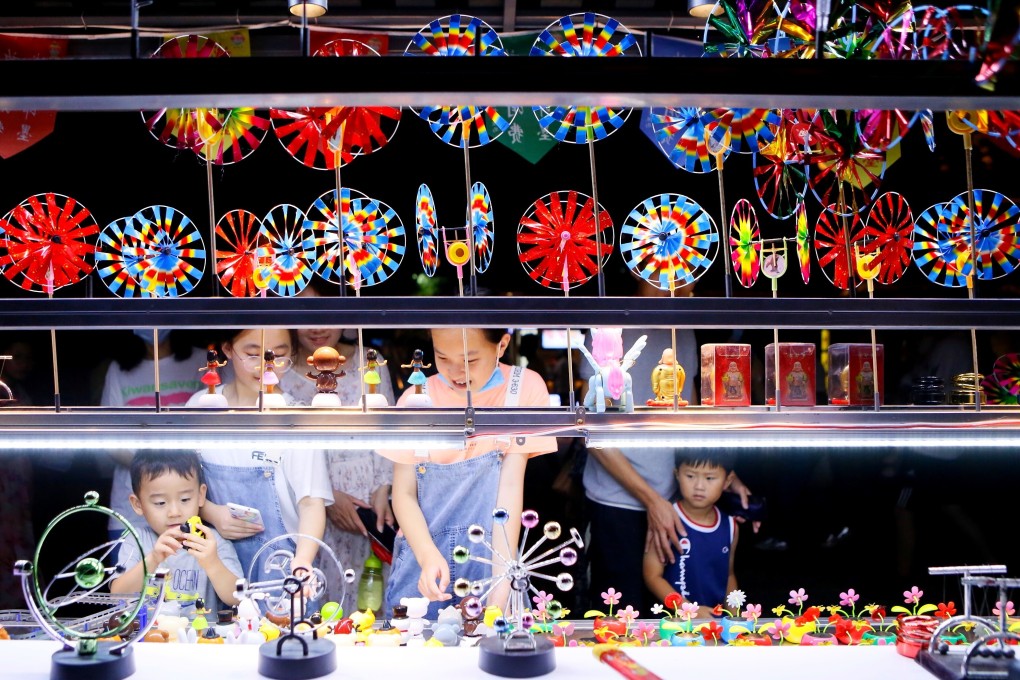Advertisement
How Xi Jinping’s economic pivot is China’s version of Trump’s decoupling
- The proven benefits of opening up mean Beijing will not turn completely away from international engagement, but will focus on developing belt and road economies with its new ‘dual circulation’ strategy
- However, China is one of a few economies with the critical mass to rely on its domestic economy for sustainable growth
Reading Time:4 minutes
Why you can trust SCMP
0

Over the past couple of weeks, mainland media have been all aflutter about President Xi Jinping’s new “dual circulation” strategy. This contrasts with the “great international circulation” that was built on export processing and shaped economic development from the 1990s, and the “domestic circulation” that underpinned Mao Zedong’s era of introverted xenophobia.
China Daily reported that Xi told business leaders at a symposium in late July that China “will unleash the full potential of its domestic demand, improve connectivity between the domestic and international markets and better use resources and the two markets to propel stronger and sustainable development”.
In short, China has decided to respond to the current perfect storm of adversities by reducing its reliance on global markets, focusing much harder on building demand from the domestic consumer market, and building technological self-reliance as fast as possible.
Perhaps unsurprisingly, similar initiatives are under way in the US and Europe, as many feel overreliant on Chinese products, ranging from car parts, 5G technology and medical equipment to rare earths and electric vehicle batteries, and are stirred by the Covid-19 pandemic to prioritise self-reliance.
I sense the timing of this formal unveiling of a new national economic strategy is probably not of Xi’s choosing. Let’s call it making a virtue out of a necessity, shaping an urgent and essential response to rising international protectionism, the US’ increasingly serious tech war against China and the recessionary effects of the pandemic.
Advertisement
